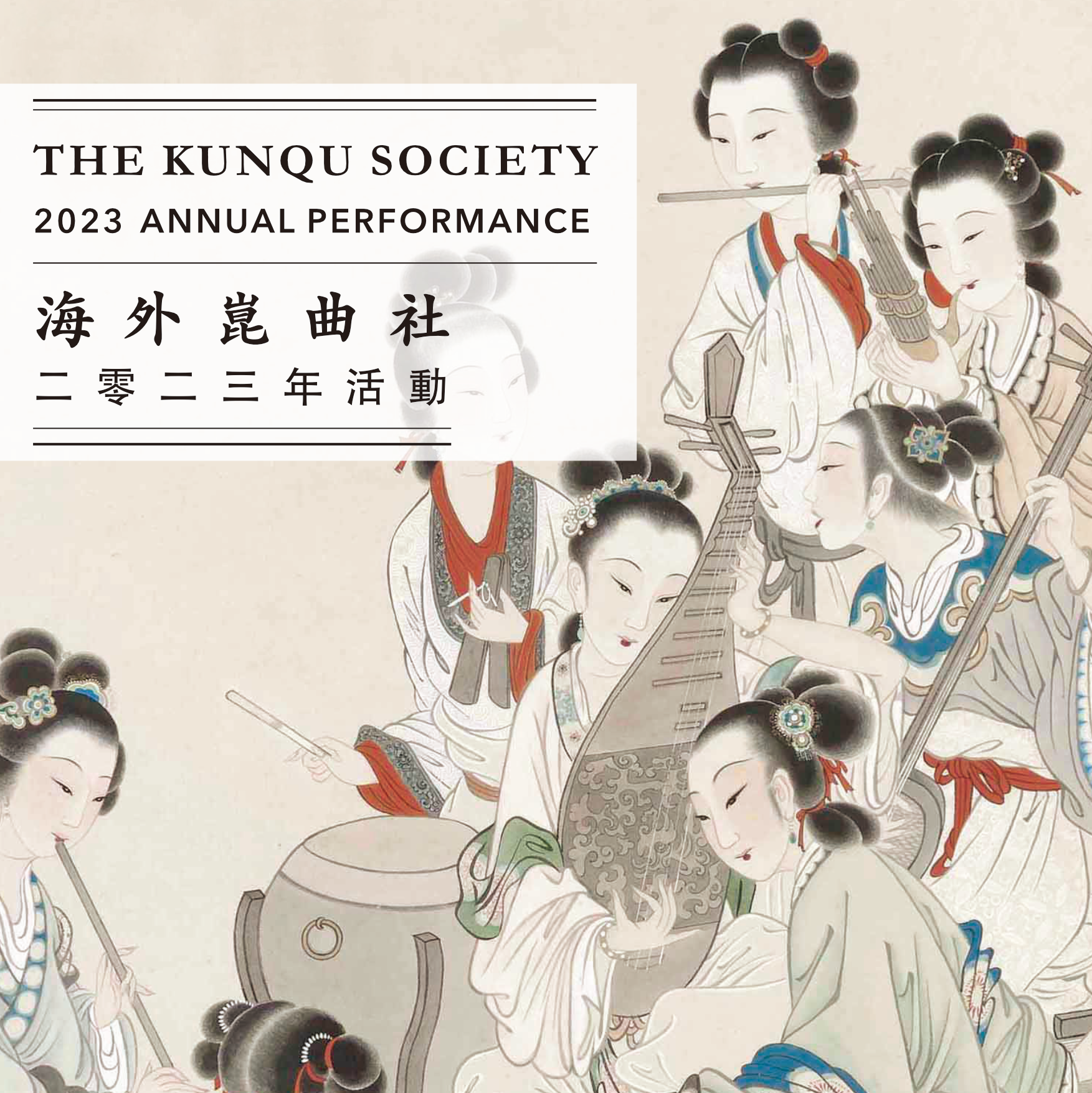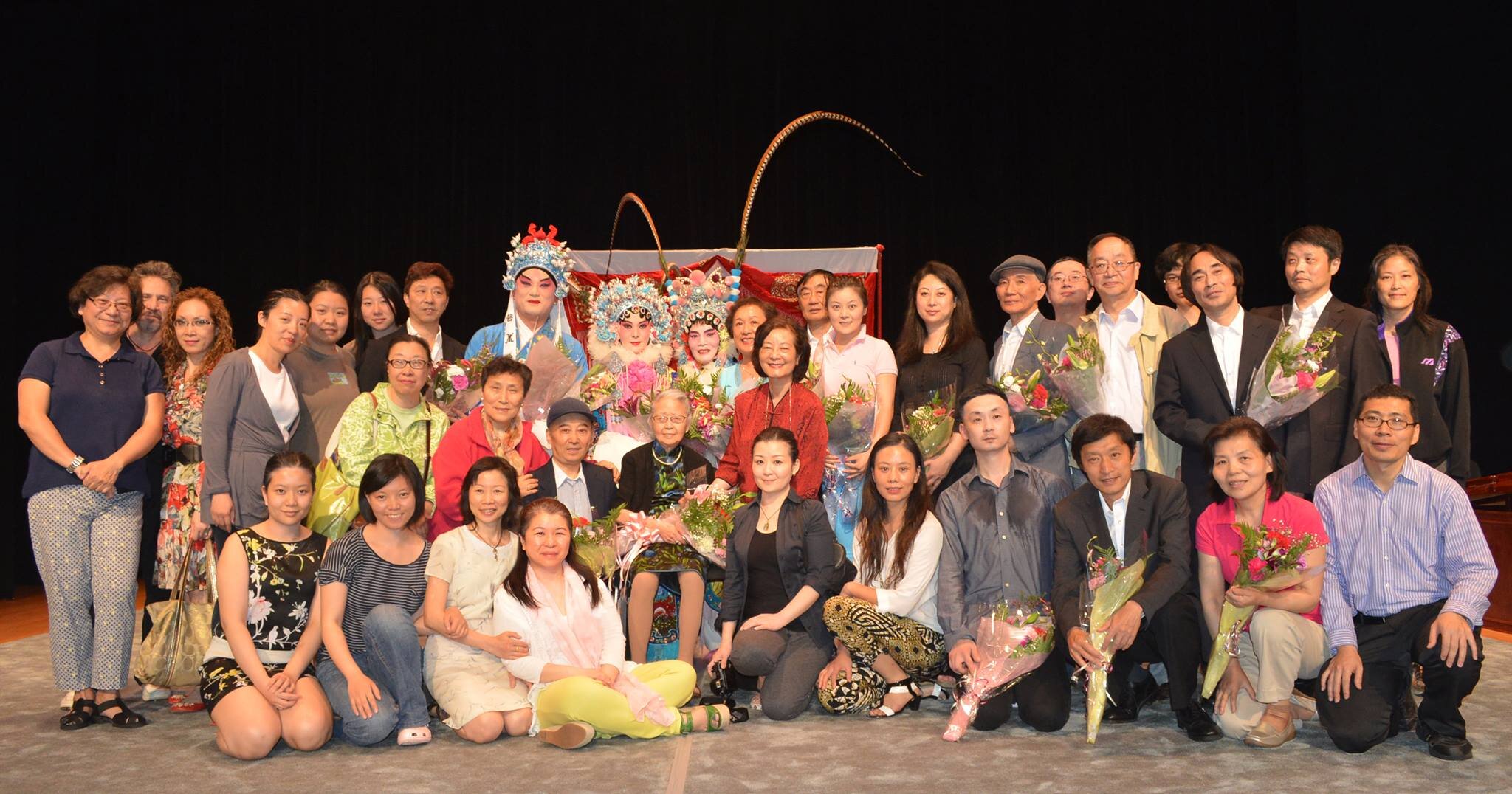牡丹亭 The Peony Pavilion
牡丹亭
《牡丹亭》 又稱《還魂記》,為明代戲劇家湯顯祖所著《玉茗堂四夢》之一,在文學史和崑曲劇壇上,是一部不朽的名著。
《牡丹亭》的故事寫宋朝南安府太守杜寶的女兒麗娘,端莊美麗,極富才情。一日,與侍女春香到花園遊玩。看見繁花似錦,無人欣賞;感同自己的青春美麗,也無人憐愛。遊園回來,睏倦入夢。夢中遇見一個俊美書生,向她表示愛慕之意。兩情正濃時,卻被喚醒。隔日麗娘再到園中尋找夢中情景。只見景物依然,而夢中秀才遍尋不著,傷感不已,回來後一病不起。死前畫下真容,命春香將畫像藏在與書生會面的假山石下,並要求父母將她葬在花園中老梅樹下。麗娘死後,冥間判官憐憫她因情而死,讓她暫返人間。三年後,柳夢梅偶遊花園,拾得麗娘畫像,癡心地對著畫像傾訴衷情。麗娘魂魄乃與之相會,並將前因相告。柳夢梅開墳啟棺,麗娘終得為情而復生。
折子戲: 驚夢
〈驚夢〉描寫麗娘遊園後睏倦入夢,夢中與一俊美書生歡會,好夢斷醒。
折子戲: 寫真
〈寫真〉描寫杜麗娘遊園尋夢之後寢食悠悠,頓成消瘦,麗娘乃對鏡,以絹筆描下一己之容,留於人間。
The Peony Pavilion
The Peony Pavilion (1598), also known as The Return of the Soul, is written by the prominent playwright Xianzu Tang (1550-1616), a play included in his four dream plays and long regarded as a masterpiece of Chinese literature and kunqu.
The play depicts the love story of Liniang Du, a maiden of sixteen, and Mengmei Liu, a young scholar, who first meet each other in a dream. One day at spring’s peak, Liniang visits a deserted garden with her maidservant. Seeing the multi-colored blossoms, exuberant yet neglected, Liniang is made conscious that the state of her youthful beauty parallels that of the garden scene. After the visit, fatigued and drowsy, Liniang sinks into a day dream in which a young scholar passionately courts her by the peony pavilion in the garden. The next day, attempting to retrieve any hints of the dream, Liniang revisits the garden: the spring scenery remains the same, yet the dream encounter seems to have transpired there. The two visits cause much melancholy and induce illness in Liniang who gradually wastes away. She wishes to be buried in the garden and have her self portrait hidden under a garden rock. Three years later, Mengmei visits the garden and discovers her portrait by chance as the rock crumbles. He falls in love with the maiden in the portrait, Liniang, whose ghost calls upon him at night and eventually reveals her identity and story. With disbelief but courage, Mengmei digs up her grave and brings her back to life.
Scene: An Interrupted Dream
One day at spring’s peak, Du visits a deserted garden with her maidservant Chunxiang. Seeing the multi-colored blossoms, exuberant yet neglected, Du is made conscious that the state of her youthful beauty parallels that of the garden scene. After the visit, fatigued and drowsy, Liniang sinks into a day dream in which a young scholar passionately courts her by the peony pavilion in the garden.
Scene: The Self-Portrait
The Self-Portrait depicts Liniang’s realization of her wasting away after the two garden visits, due to poor rest and diet. To capture the time of her youth and beauty, Liniang uses her reflection in the mirror to draw a self-portrait on a silk scroll with ink and brush.






